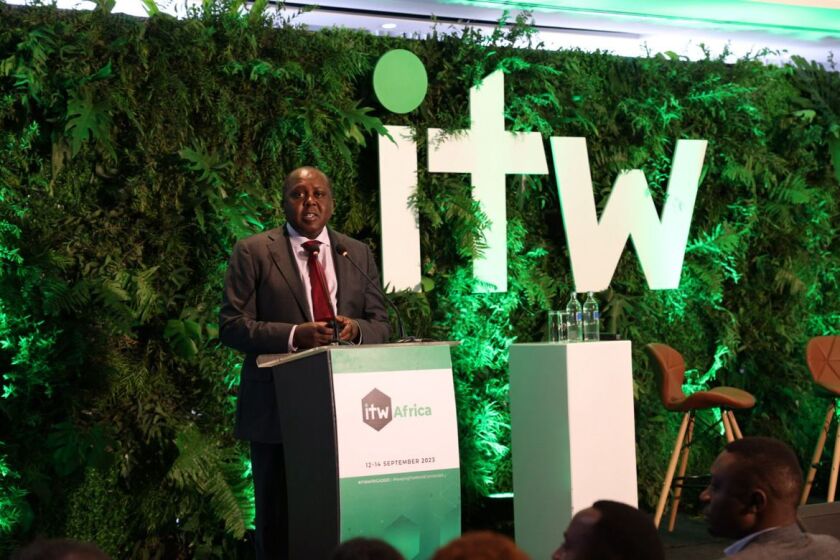Telkom Kenya CEO Mugo Kibati pulled up statistics showing current population and demographic trends indicate Africa will be home to 40% of the global workforce by 2100.
“They won’t just be serving Africa,” he said. “They will be serving the world from here in Africa”.
Expanding on the term “meaningful connectivity” Kibati explained that a full ecosystem is required, with all African’s able to access broadband as well as mobile internet and connect over a fast, reliable and secure network.
While mobile penetration rates rise, more time and resources need to be spent educating consumers on the benefits of using the internet. Meanwhile, bricks and mortar services such as education and health needed to be supported to deliver digital content and engagement.
But getting there won’t be easy. Kibati called on the industry that had assembled at ITW Africa alongside the Kenyan regulators and communications ministry to pull together and approach the problem as a whole.
Planning for long term connectivity is challenging, conceiving today’s networks in the 1970s would be almost impossible, but Kibati advised the audience to learn a lesson from the rapid pace of change.
“We know what we don’t know, so we must prepare what we can prepare,” he summarised.
To support the innovation required to connect Africa's youth, Kibati called on regulators to supply policy that was conducive to change.
Doing so, he said, would foster the culture of innovation and collaboration required to create the single digital market place his presentation was named after.
Speaking directly after Kibati, Chris Kemei, director of the universal service fund at Kenya's Communications Authority echoed that connecting Kenya’s youth for a digital tomorrow was essential.
He agreed that the communication authority had a duty to focus on innovative services and support businesses, while still protecting consumers and helping to expand networks to places they have been unable to reach.
Kemei revealed the fund he manages has helped connect 750,000 Kenyan’s living in areas that were deemed not to be commercially viable to connect by the private sector.
He also pointed to the Kenyan authority’s approach to the widely successful M-PESA technology as an example of how innovative use cases should be deployed.
“As policy makers and regulators, tell us what you need,” he said. “If its releasing certain spectrum for sandboxing new apps or services, or anything else, come to us and we can try to make it work. We are a regulator, and Kenya is a country, that listens to ideas.”
Kemei explained that when the authority had received the pitch for M-PESA they hadn’t understood why the telcos were interested in finance. But following meetings with the central bank and taking the time to understand the business and use case, they allowed the product to be launched with minimal restrictions.
Replicating the success of services such as M-PESA is fundamental to supplying meaningful connectivity, the speakers agreed.
“We need to protect consumers, but we need to create an environment where technology and innovation can thrive” he summarised.






